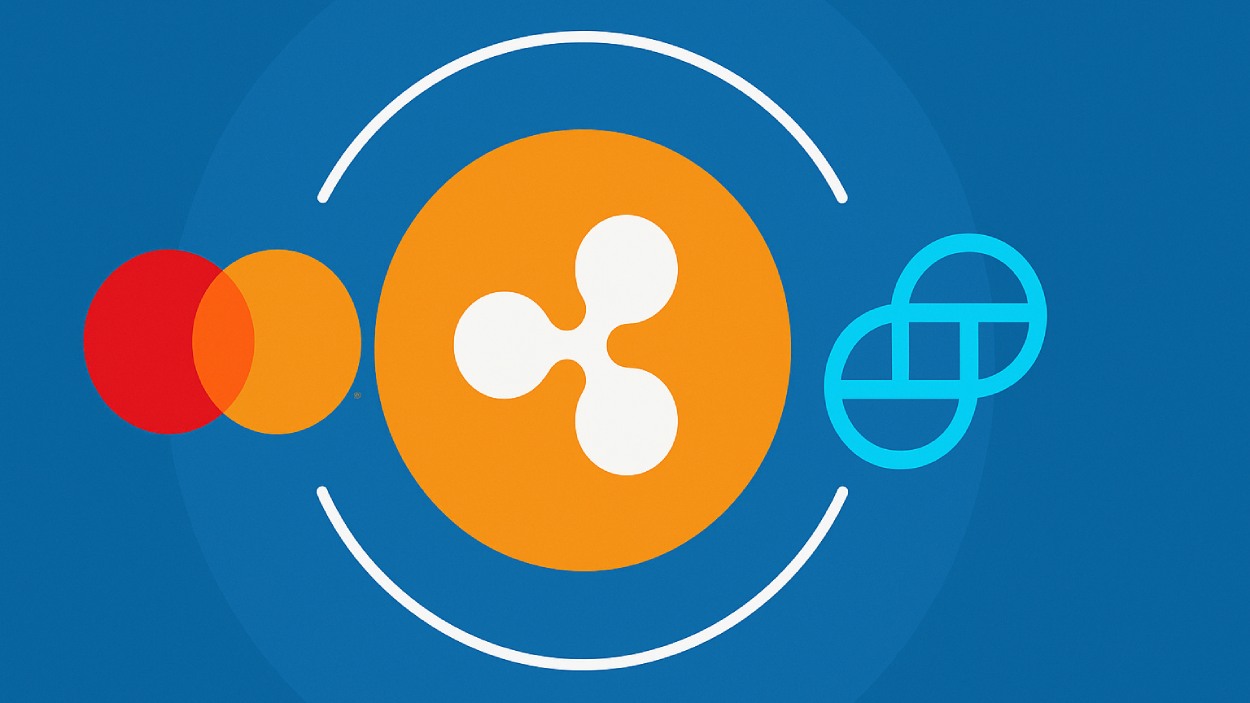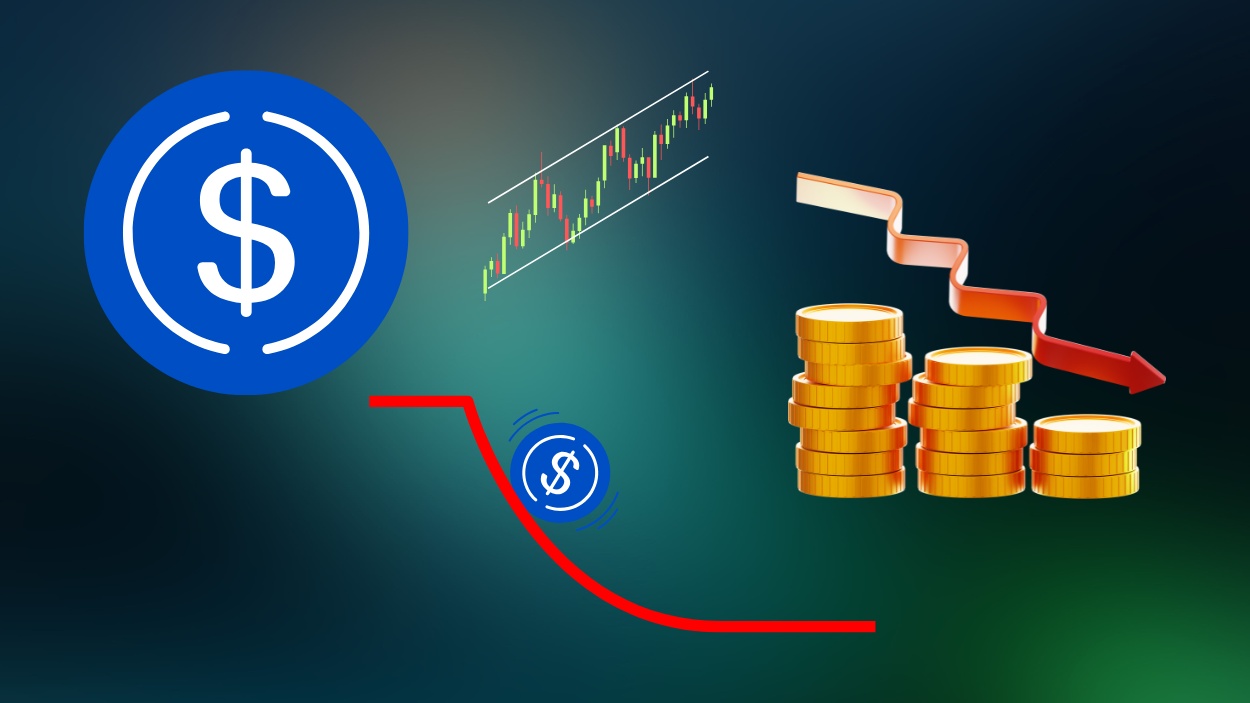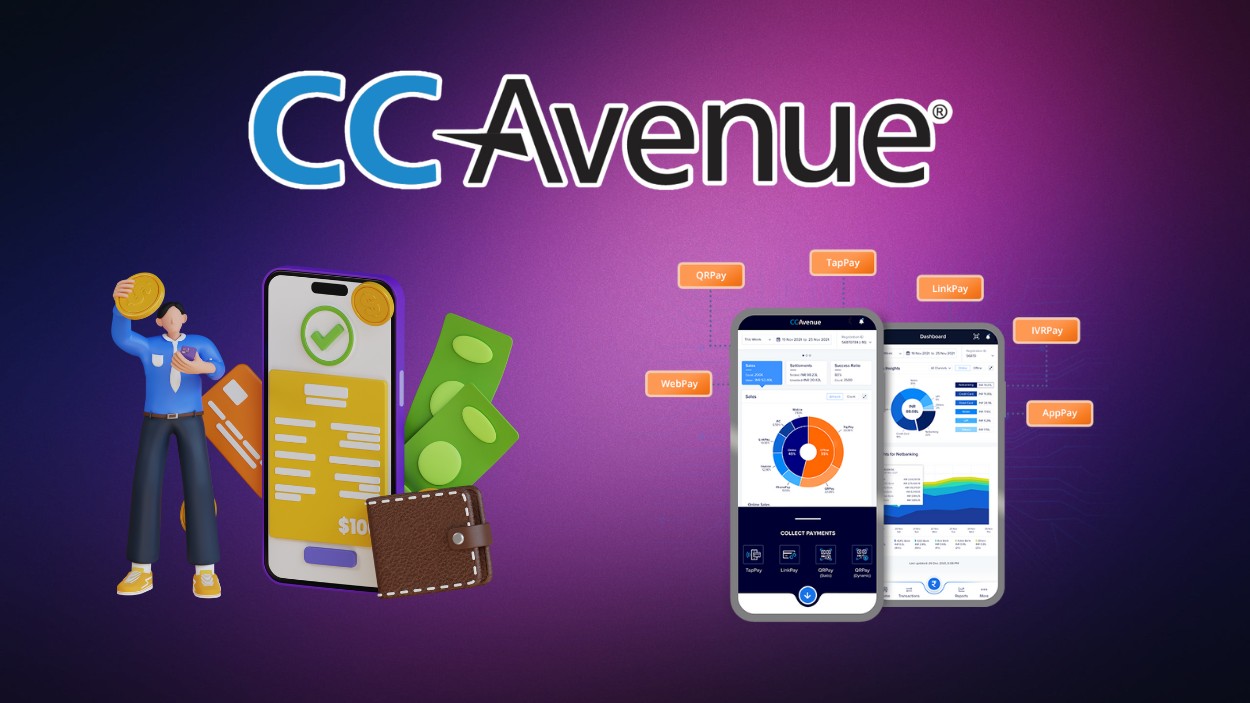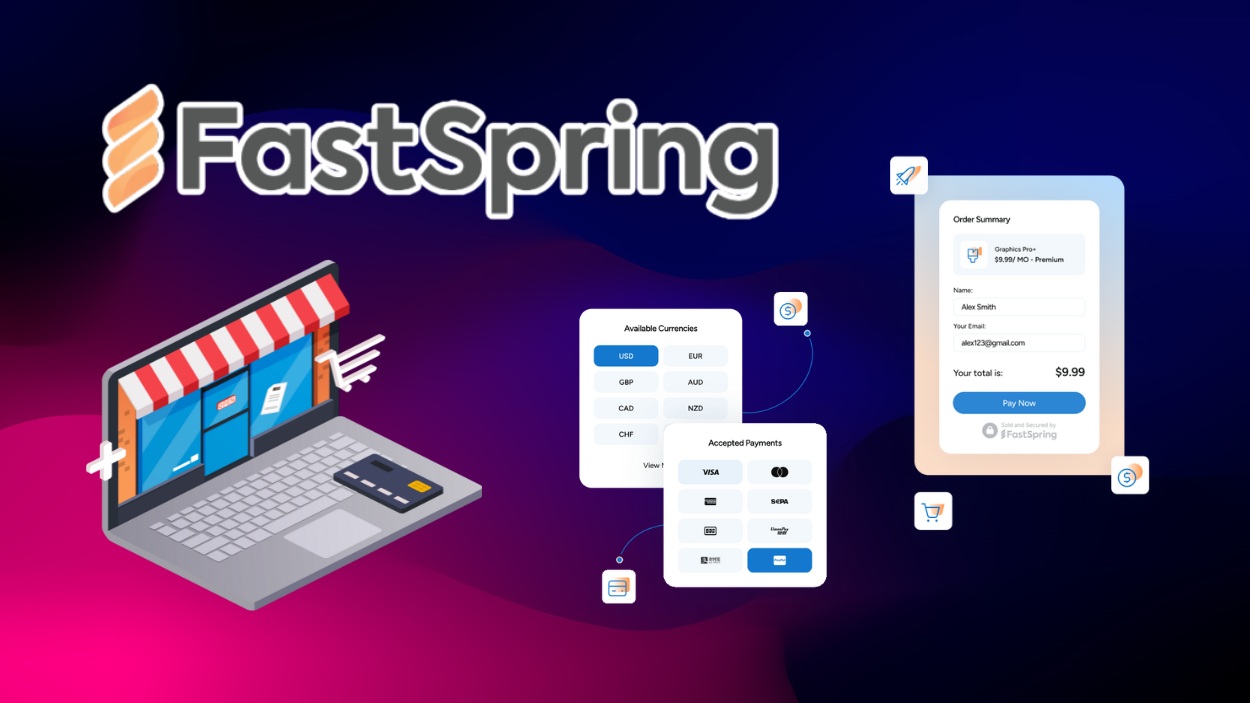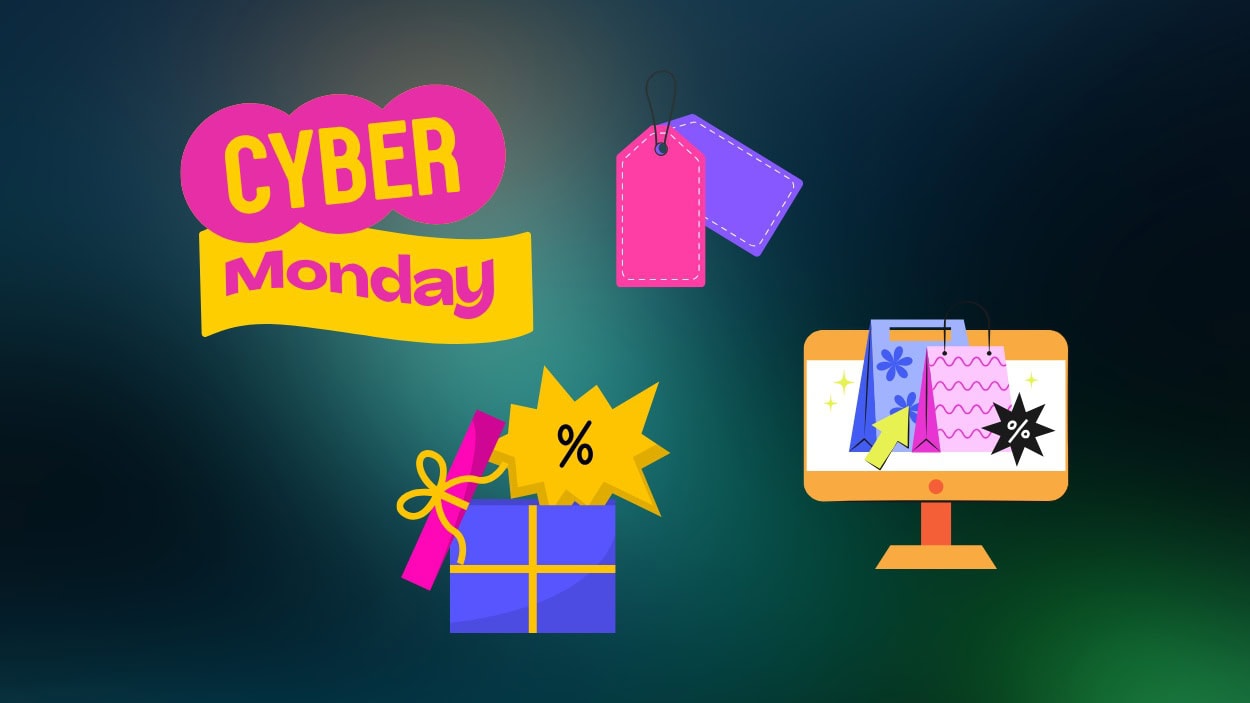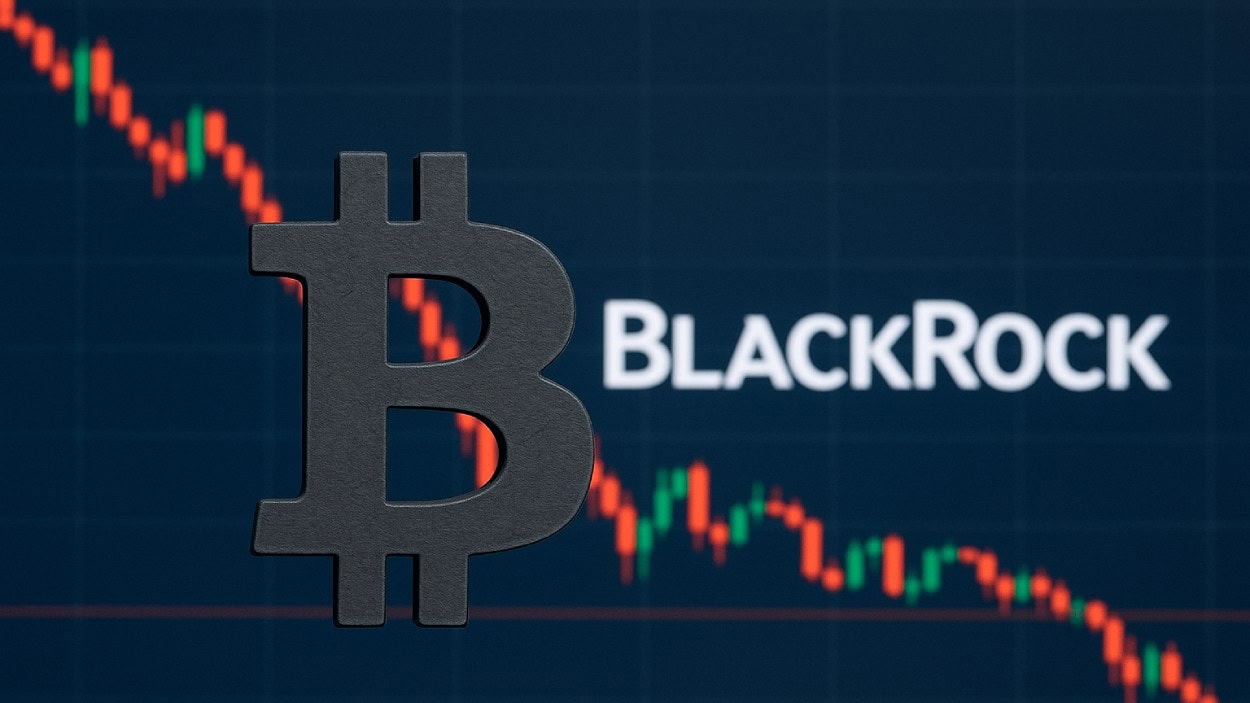Ripple has announced a groundbreaking pilot with Mastercard, WebBank, and Gemini that aims to modernize fiat card payments using its stablecoin RLUSD on the XRP Ledger.
Key Takeaways
- Ripple is piloting a blockchain-based payment solution with Mastercard, WebBank, and Gemini using its RLUSD stablecoin on the XRP Ledger (XRPL).
- The partnership aims to enable faster and more efficient settlement of traditional card payments, potentially replacing current slow and costly systems.
- WebBank, issuer of the Gemini Credit Card, will lead the card settlement process, making it one of the first U.S. regulated banks to use a stablecoin for this purpose.
- The RLUSD stablecoin is fully backed and regulated, issued under New York’s Trust Charter, with over $1 billion already in circulation.
What Happened?
Ripple unveiled the new initiative at the Swell 2025 event, where it confirmed a partnership with Mastercard, WebBank, and Gemini. Together, the companies will explore using RLUSD to process fiat card transactions on the XRP Ledger. This project will be one of the first to show how a regulated stablecoin can be used by a U.S.-regulated bank to settle traditional credit card transactions over a public blockchain.
Ripple Swell: We’re collaborating with @Mastercard, WebBank, and @Gemini to introduce $RLUSD settlement on the XRP Ledger for fiat credit card payments, starting with the Gemini XRP Credit Card: https://t.co/36yoNBtM9f
— Ripple (@Ripple) November 5, 2025
This initiative sets a new benchmark for institutional… pic.twitter.com/7UVhCTfuo0
Ripple’s RLUSD Brings Blockchain Settlement to Credit Cards
The core innovation in this collaboration is the use of Ripple’s stablecoin, RLUSD, which will serve as a blockchain-based settlement tool for fiat transactions initiated through the Gemini Credit Card. RLUSD will operate on the XRPL, Ripple’s decentralized payments infrastructure, which is known for its low fees and fast transaction speeds.
Sherri Haymond, Mastercard’s Global Head of Digital Commercialization, emphasized the strategic importance of this move:
WebBank, the issuing bank behind the Gemini Credit Card, will play a crucial role in the pilot. According to WebBank President and CEO Jason Lloyd, the stablecoin model brings speed and efficiency to institutional transactions while preserving security and regulatory compliance.
Gemini CFO Dan Chen added that their card program has already proven the viability of crypto integration into everyday finance, and the next phase is to show how stablecoins can handle real payment settlements at scale.
A Regulatory First for U.S. Banks
This pilot could represent a historic moment in fintech. If successful, it will mark the first time a U.S.-regulated bank settles credit card payments using a regulated stablecoin on a public blockchain. Monica Long, President of Ripple, highlighted that this initiative showcases the practical benefits of regulated digital assets like RLUSD in transforming how money moves through global systems.
She said:
Ripple has confirmed that the onboarding of RLUSD onto the XRP Ledger will begin in the coming months, pending necessary regulatory approvals. The companies are already planning to integrate the stablecoin into Mastercard and WebBank’s settlement systems.
Why RLUSD and XRPL?
RLUSD was launched in December 2024 and is fully backed by U.S. dollars and cash equivalents, issued under the New York Department of Financial Services (NYDFS) Trust Company Charter. It has already surpassed $1 billion in circulation and is being used in decentralized finance (DeFi), Ripple’s cross-border payment solutions, and now in institutional payment processing.
The XRP Ledger, a decade-old public blockchain, provides the underlying infrastructure for this new payment model. It supports high-speed, low-cost transactions and has a strong track record of performance. The native token XRP continues to secure the network and enable efficient operations, complementing RLUSD as new use cases evolve.
CoinLaw’s Takeaway
In my experience, this is the most meaningful signal we’ve seen yet that blockchain tech is moving into the core financial plumbing of the modern economy. This partnership is not just about crypto for crypto’s sake. It’s about using regulated digital assets like RLUSD to fix the broken parts of today’s payment systems. If you’ve ever waited days for a card transaction to clear or been hit with fees for cross-border transfers, this is the kind of innovation that might finally change that. I found it especially impressive that Mastercard is backing this, which suggests they see blockchain not as a threat but as an upgrade. That’s a game-changer.
Hover or focus to see the definition of the term.

